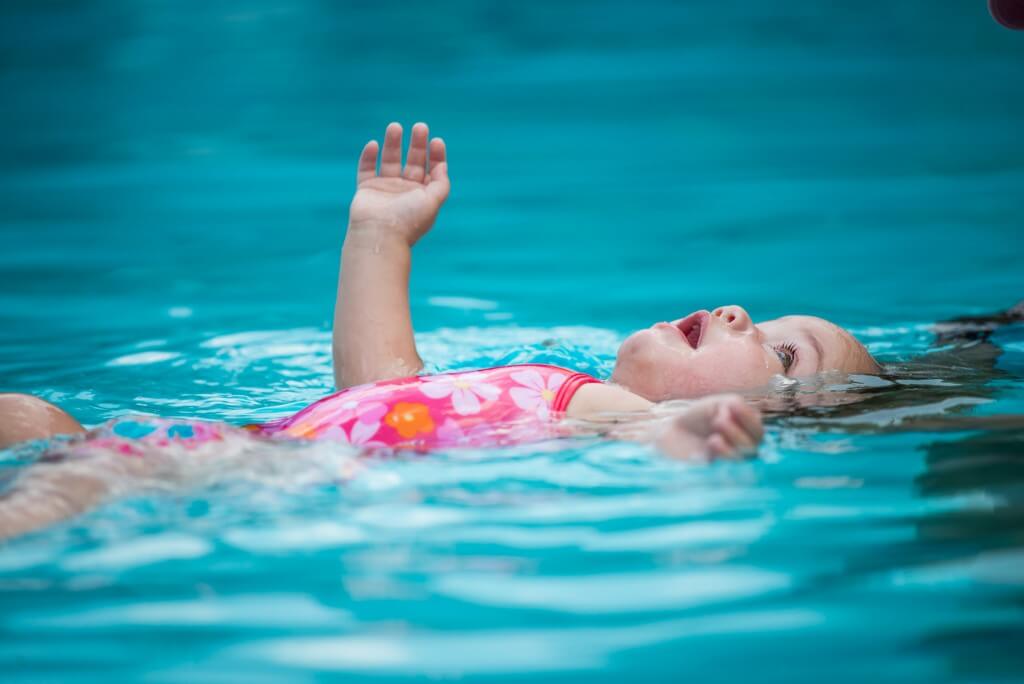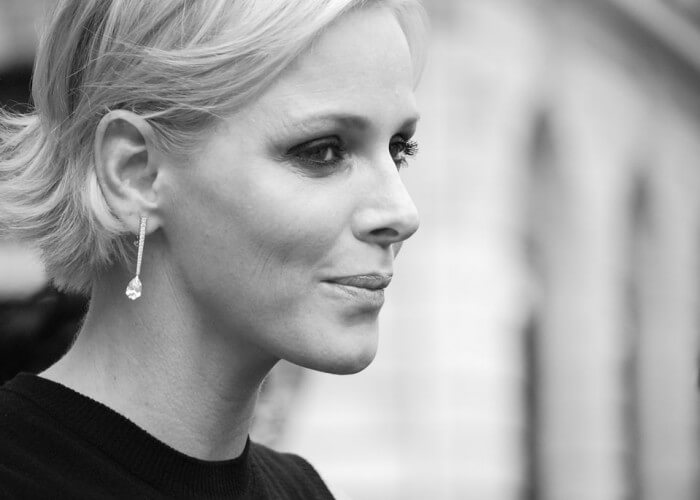The Importance of the Drown-Proof Technique

by Mariana de Paula, Swimming World College Intern
Drowning is the leading cause of injury-related death in children. According to a report made by the American Academy of Pediatrics, in 2000, there were over 1,400 deaths due to drowning in ages zero to 20 in the U.S. alone. Over 91 percent of all the drowning deaths were unintentional and were not related to boating. In the same study, Doctor Ruth A. Brenner, MD, MPH, confirms that close supervision of young children around any water is an essential preventative strategy, but inevitable lapses make supervision alone insufficient.
For this reason, a new technique has been fairly successful in order to defeat this issue. The drown-proof technique helps newborns acclimate to the aquatic environment, and may ultimately save them from drowning accidents. Before the baby can even learn how to swim, certified professionals instruct the baby on how to flip over and float by his or herself.
Although being very efficient, pediatrician Barbara Smith, M.D., advises that the technique is no substitute for adult supervision. “While a very young child may learn to float or swim to the side of the pool, this doesn’t mean he’ll be able to apply these skills in a panic situation,” Dr. Smith says.
A royal influence made the technique famous recently. Before being Princess Charlene of Monaco, Charlene Wittstock was a South African Olympic swimmer who participated on the Sydney Olympics in 2000. Last December, she celebrated her twins, Jacques and Gabriella’s, first birthday with a vídeo in which she shared some of the joys of motherhood. One of the most important things to her was to have her twins learn to be safe in the water.
The proud swimmer teaches her kids the drown-proof technique as a self-rescue method. “It means they can swim before they can walk,” Charlene said. “They’ll be comfortable in any aquatic method.”

Photo Courtesy: wikiCommons
Charlene has founded the Princess Charlene of Monaco Foundation, where five-time Olympian Dara Torres is one of the ambassadors. Its mission is to raise public awareness of the dangers of water and teach children preventative measures. The World Health Organization stated that children under the age of five are the most affected.
Princess Charlene was announced the Special Olympics Ambassador in 2011, where she promotes respect and inclusion for people with intellectual disabilities to a worldwide audience. Charlene has said that the Special Olympics movement is close to her heart because, as a former athlete, she values its role in “using the power of sport to change lives.”




I used this technique with both of my children more than 30 years ago. I taught it to them myself. Both became excellent swimmers. more than excellent, world class. I would encourage USA Swimming not to use the phrase “Drown Proof Technique.” It is very misleading and suggests more assurance than parents should ever feel. My kids could do all of this, however, I never left them unattended, even when they could swim laps by age four.
Jaime Ormshaw remember how this is the way I taught and the teaching class you took said never do this?
The YMCA taught this 40 some years ago
So how does one acquire the Drown Proof Technique directives?
I’m already upset by the title. There is NO WAY to drown proof. Are there techniques that can be taught to help self save? Yes. But to use the phrase “drown proof” is misleading and poor journalism. Shame on Swimming World for perpetuating this in the general public without giving factually accurate knowledge so that people can learn what to do and where to go for learn to swim and self save programs.
Malena Barahona Hankins
Kerin Morgan
Kara Goetz Swanson
Agreed!
The title describes the name of the technique. Did you even read the article?
Or you know, watch your kids and secure your doors and access to the pool.
While programs like this work for some children, I have spent years working with children and have encountered many whom have been traumatized by lessons of this sort. I find that I have to first spend a lot of time teaching them that swimming can be fun before I can teach them to swim. Sometimes they learn to swim, but some never enjoy the water due to their fear.
I also worry that parents might be less astute in watching and safeguarding their children around the water because their children have been taught via the “drown-proof technique.”
Too bad my comment was taken down. I think it is misleading of USA Swimming to post a headline titled “drown proof” your baby. This will only give new parents a false sense of security.
As a parent of two 30+ year olds, I used this technique. It can work and one of my kids could swim all four stokes by age four,.. He has swam in every major swimming competition. While you can teach your baby to float at three months of age and have them flip over, as well as submerge them, this is not, I repeat NOT drown proofing your child. Never take your eyes off your children when they are by water whether pool, lake or ocean. Parents, don’t for a minute think that water wings and other inflatables are really safe. They also give a false sense of security. Please watch your children and teach them how to really swim. You and they will reap huge benefits from swimming
I fully agree with you Diane! But the headline is nothing more than the name of the famous technique. The article explained more than once that the habit does not replace rigorous watching.